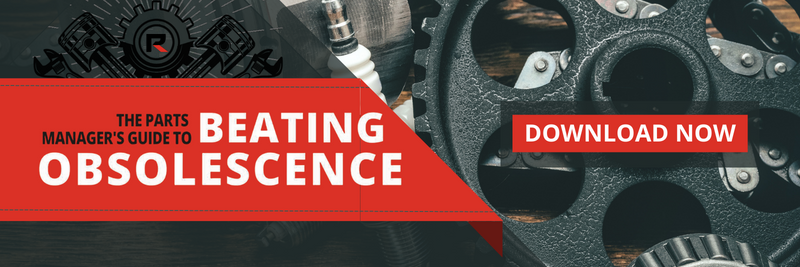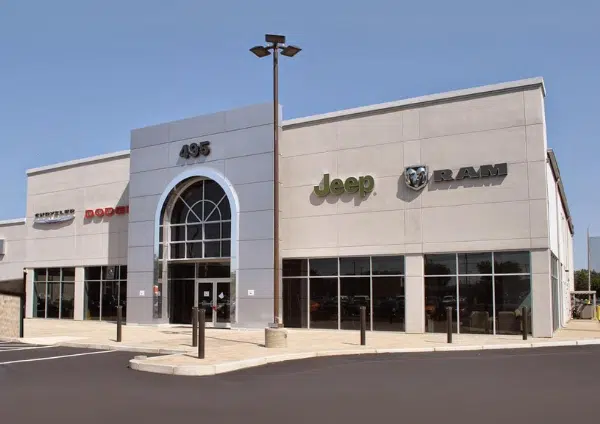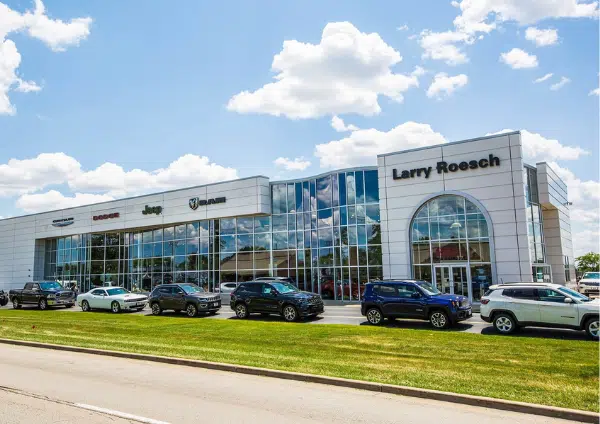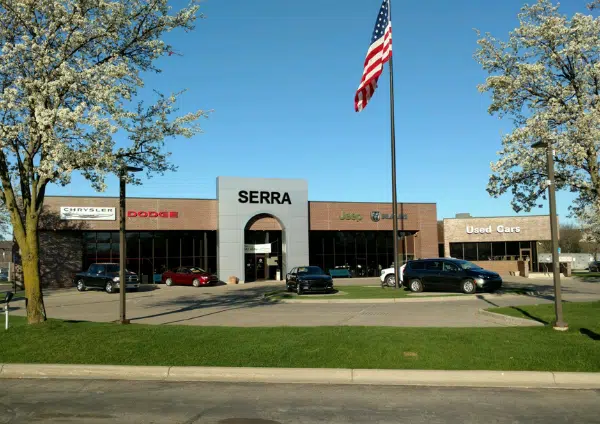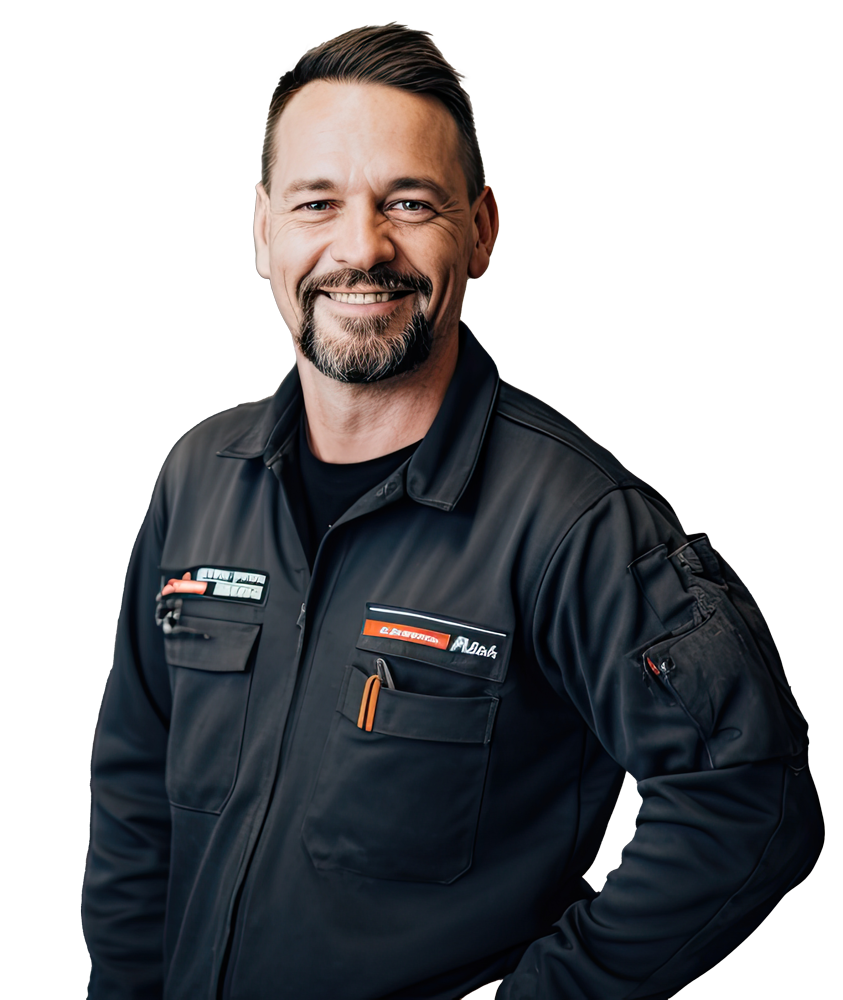Are you spending too much time uncovering aging and idle inventory under films of dust? Trying to move aging inventory off the shelves and into the hands of car owners can be a challenge, especially when you don’t know the true state of your inventory.
Inventory management is essential to the success of your parts business, especially when it comes to tackling the biggest inventory problem, high obsolescence. Without clean inventory data, you can’t effectively determine how much obsolete inventory you have or where you need to make adjustments to meet customer demand. Unclean data leads to inaccurate ordering and, eventually, poor stock levels, which leaves your business with lost sales opportunities and pile-ups.
So, if your parts shelves are haunted by auto parts that seem like they’re past their prime, what can you do to lower obsolescence and still turn a profit?
The Ghost of Obsolete Inventory
Perhaps the biggest nuisance to any parts seller is obsolete inventory. With yearly turnover, vehicle parts have a short shelf life. The longer they stay on those shelves, the more they end up costing you. Money tied up in aging and idle inventory reduces your incoming cash flow and often reduces sales opportunities, especially when dealing with newer buyers with younger vehicle models.
Signs Your Shelves Are Haunted By Obsolete Inventory
How do you know your inventory has a higher percentage of ghosts? Well, there are a few tale-tell signs.
Slow-Moving Parts
How many items on the shelves have been sitting there for months or years? How often do you see customers intentionally searching for those parts? If you have a high percentage of items that get little to no attention, they’re not likely to fly off the shelves, making them slow-moving.
Inventory Audits Have Mismatched Numbers
With unclean data, every inventory audit produces different results. You may think you have an obsolescence rate of 15% at first glance on paper, only to find out after your yearly or monthly audit that you actually have a 50% obsolescence rate. If you find that percentage is rising and falling like an EKG graph, you’ve got a strong obsolescence problem.
How to Exorcize Obsolete Inventory
So, if obsolescence is such a horror show to deal with, what are some of the solutions to reduce it or, even better, profit from it?
With the rise in older vehicles being kept on the road, more people are in need of parts that are harder to find. Having obsolete parts in your inventory could be the key differentiator for revenue generation and resuscitating your parts sales.
Automate Your Inventory Management
Without automation, your inventory management processes will fall apart. It will be just as easy for your inventory to go right back to square one without consistent automated processes. Having inventory management software can help you keep an eye on how much obsolete inventory creeps up. It can also help you keep track of what inventory to sell at specialized pricing.
To clear your inventory of a parts graveyard, what should you look for in an inventory management system?
- Bulk tagging capabilities: Tag parts accordingly and with ease all at once. The RP Obsolescence Tool can help you bulk-tag and price obsolete items instantly.
- Stock level status updates: Automatically update stock levels for employees and for customers shopping on your website.
- Sales trend data: Understand what parts sell well and what parts sell poorly so you can ensure you order the right volume of high-selling parts every time.
Reduce Special Order Parts
To keep your inventory from being overrun by obsolete parts, you need to keep your biggest contributors at bay: special order parts. For the average parts seller, special order parts make up the bulk of obsolete inventory. These are parts that are not often ordered or sought out that your dealership specifically orders for individual customers.
These types of parts present a few issues that contribute to your inventory’s obsolescence rate:
- They take longer to arrive, making it less convenient for the customer.
- They often are more costly, forcing customers to look for alternatives elsewhere.
- The wrong parts are ordered, resulting in a high rate of returns.
To help reduce the impact of special order parts, there are a few approaches you can take:
- Have strict policies on special order parts returns.
- Coordinate with the service lane to minimize overordering of special order parts.
- Send reminders to customers for parts pick-ups and arrivals.
Special Obsolescence Pricing
It may not seem like there would be an upside to a high obsolescence rate, but it has the potential to be greatly profitable. With more car owners keeping their older vehicle models, more people are in need of older auto parts than ever before. Having harder-to-find parts on the shelves can turn your parts business into a gold mine.
To draw in customers looking for older parts, there are a few tactics to keep in mind:
- Set up special pricing, like discounts for obsolete inventory.
- Use shopping ads to list and feature obsolete inventory.
- Tag obsolete inventory for customers on your website for easy navigation.
These three tactics can help you reduce the likelihood of increasing obsolete inventory, better manage existing inventory issues, and promote obsolete parts as a strong revenue generator.
Trade in Inventory Tricks for Treats
Resuscitating your inventory from the parts grave can be challenging, but it is possible. Utilize the right management systems to keep your inventory data clean. Do regular check-ins to ensure all systems are working properly. Implement specific policies to help reduce special order parts from overtaking obsolete inventory. List obsolete parts online with special pricing to attract parts buyers.
By utilizing all of these strategies, you can keep your inventory from haunting you into lost sales. Looking for more ways to help fight obsolescence? Download our most popular “Parts Manager’s Guide to Beating Obsolescence.”
